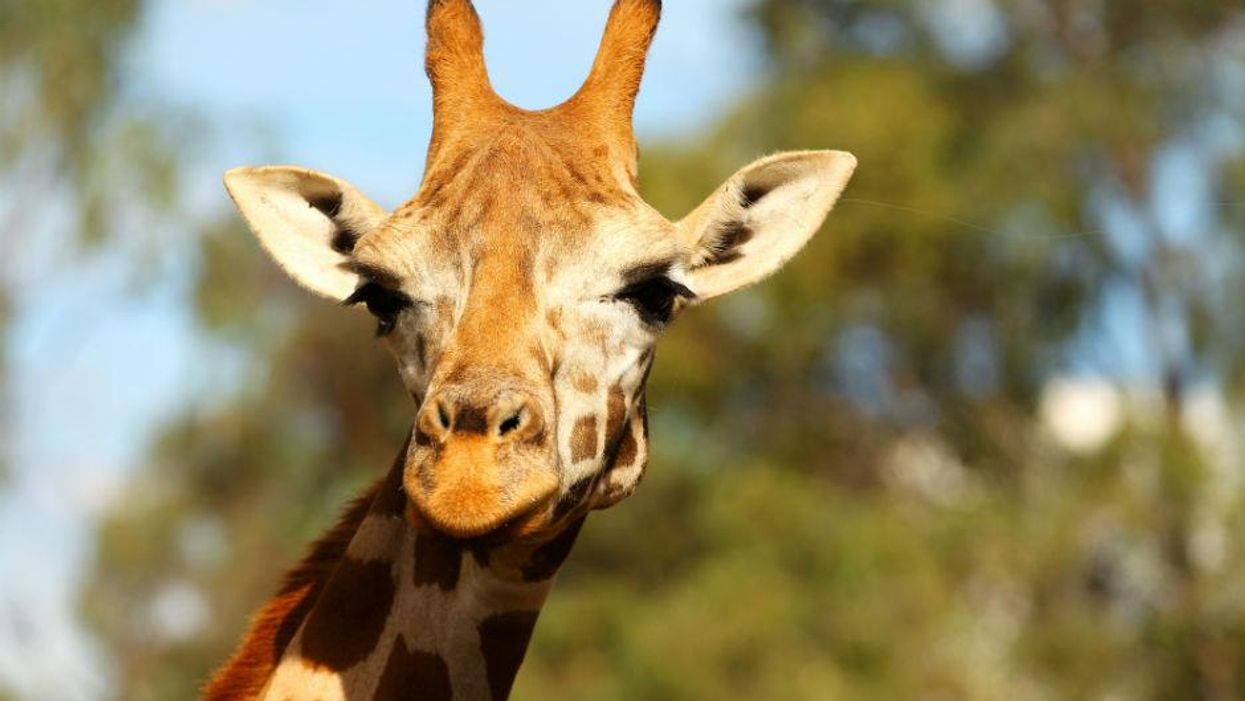News
Evan Bartlett
Dec 03, 2014

Why giraffes?
They may be one of the most iconic animals in the world, but the welfare of giraffes has been neglected by animal charities, academics and even philanthropic celebrities in recent years.
Following reports in the Tanzanian media, the Times (£) has led with a story today that charts a dramatic 40 per cent decline in giraffe numbers across Africa.
Just 15 years ago there were 140,000 giraffes on the continent, a number which has dropped to just 80,000 today. Yet despite these figures, the giraffe is still classified by the Red List, the endangered species inventory, as "a species of least concern".
Poaching for bushmeat is cited as one of the biggest reasons for the giraffe's decline. They are often eaten by poachers on the hunt for elephants and rhinos and are targeted because they are easy to catch and for their sweet taste, but in some areas it is believed their bone marrow and brains can work as a cure for Aids and other illnesses too.
Classification causes problems
Unlike some other megafauna, giraffes are not categorised into separate species, despite several academic studies suggesting that because of their distinctness they should be.
The Red List, which last carried out an audit of the giraffe population in 2010, counts two of the nine sub-species of giraffe - West African giraffe (giraffa c. peralta) and Rothschild's giraffe (giraffa c. rothschildi) - as endangered.
If the giraffa c. peralta was classified as its own species like the mountain gorilla is, it would automatically become the most endangered species of large mammal in Africa (see above).
Do we care enough?
Scientific American, which has also covered the story, make a comparison with the African elephant, which has a comparatively healthy population.
While there are warnings and alarm bells ringing about the imminent extinction of the African elephant as a result of the poaching crisis — a situation not in any way to be minimised — there are an estimated 450,000 African elephants compared to 80,000 giraffe.
- Kathleen Garrigan of the African Wildlife Foundation, speaking to Scientific American
Another comparison that could be made is with the rhinoceros - another megafauna that has suffered a terrible decline in numbers, and receives the attention it rightly deserves. Unlike the giraffe.
Save the Rhino estimates that there are 29,000 rhinos now living in the wild. Though of course this larger figure glosses over geographical/taxonomic variations. For instance there are now only six of the northern white rhino sub-species left in the wild.
So while there was, rightly, anger at the recent death of one of those extremely rare animals, the decline of some sub-species of giraffe has been paid scant attention.
They’re so pervasive. Giraffes are everywhere. Look at kids’ books, which are full of giraffes. They’re always in zoo collections. They’re easily visible, so you don’t think we have to worry about them. But we do.
- David O'Connor, San Diego zoo, speaking to Scientific American
"There are nine different races and we’re probably going to lose some of them. It’s a terrible situation. They could become extinct," Dr Anne Dagg, another giraffe expert, explains.
As Scientific American reports, there was not even a full-time giraffe conservationist anywhere in the world until this year when Dr Julian Fennessy was appointed by the Giraffe Conservation Foundation.
What is being done about the issue?
And it's not all doom and gloom, there are some success stories when attention is paid to giraffe populations. Dr Fennessy cites the case of the aforementioned West African giraffe (giraffa peralta) which had a population of just 50 in 1996. After a considerable conservation effort and a government crackdown on poaching in Niger, that number recovered to around 400, although that has now decreased again to fewer than 300.
The first ever World Giraffe Day, organised by GCF, was set up this year in a bid to raise awareness about the welfare of the giraffe.
A new audit will be undertaken for the Red List next year where the whole species of giraffe could be classified as endangered.
Incidents like the public outburst to the euthanasia of Marius, the perfectly healthy giraffe at Copenhagen Zoo earlier this year, shows we have it in us to care about the long-necked mammal. We just need to embrace that enthusiasm more often.
Top 100
The Conversation (0)
x













